
50 years of liberating the South and unifying the country (April 30, 1975 - April 30, 2025), Ho Chi Minh City has grown strongly, becoming a special urban area, the largest economic and financial center in the country. With comprehensive changes in infrastructure, socio-economy, technology and life, the city has constantly affirmed its leading role in the process of industrialization, modernization and international integration.

Immediately after the liberation, the city entered a period of healing the consequences of war, stabilizing society and embarking on economic development under a centralized planning model. During the period 1976 - 1985, despite facing many difficulties due to the subsidy mechanism and border war, the city still maintained an average GDP growth rate of 2.7%/year.

Since 1986, along with the whole country, Ho Chi Minh City has entered the renovation process. The city's leaders have boldly issued many policies to remove difficulties for production and circulation, encourage the private economic model and expand industrial parks and export processing zones. The city's economy grew on average from 6.8% to 12.6% per year in the period 1986 - 1995.
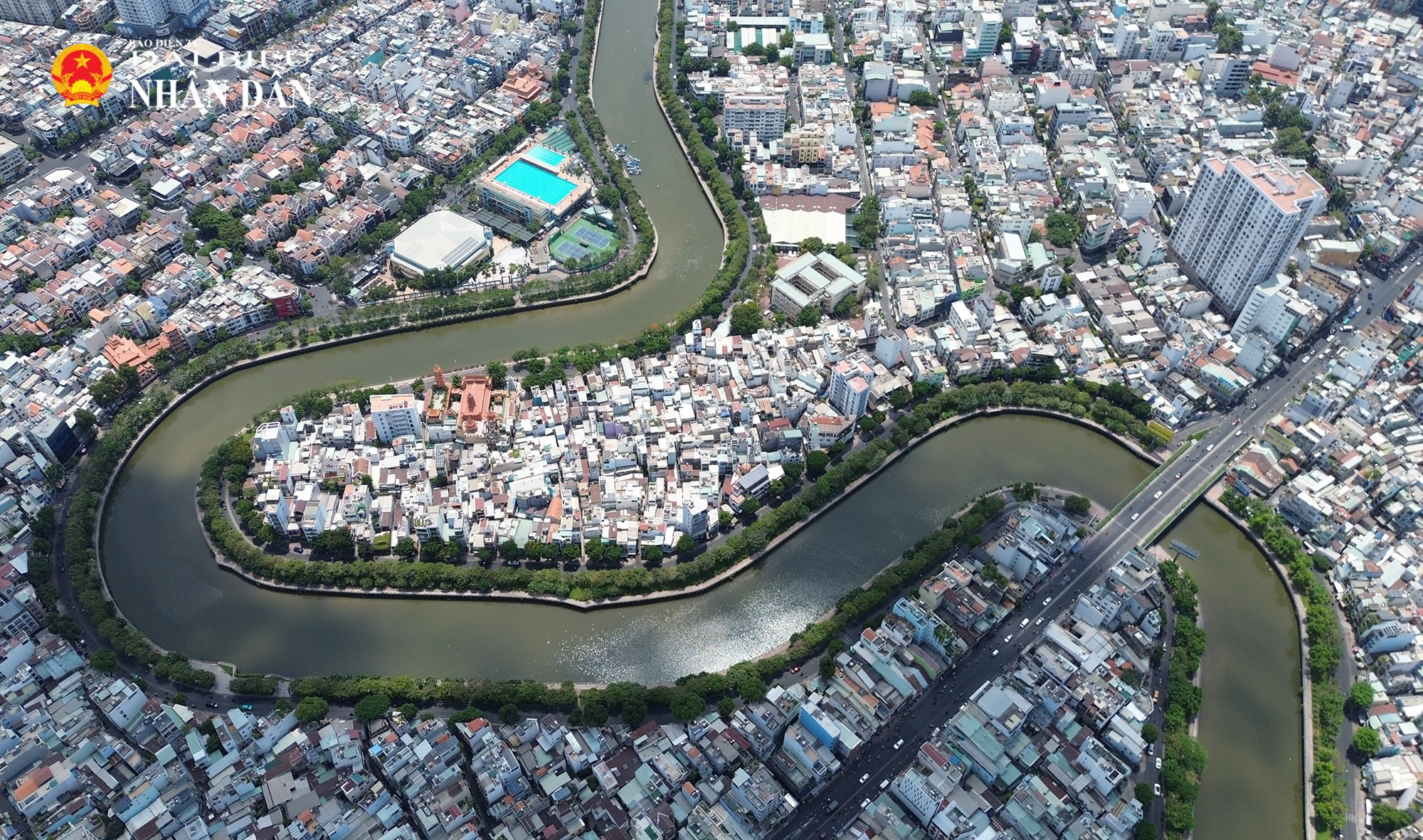

The period 1996 - 2010 was the period when the city accelerated its industrialization and modernization. The GRDP growth rate reached double digits: 10.1% (1996 - 2000), 11% (2001 - 2005) and 11.18% (2006 - 2010). The proportion of the service sector and high-tech industry accounted for 55.98% and 42.96% respectively in 2010, while agriculture was only 1.06%. Ho Chi Minh City continues to affirm its role as an economic locomotive, a pioneer in innovation and investment attraction.
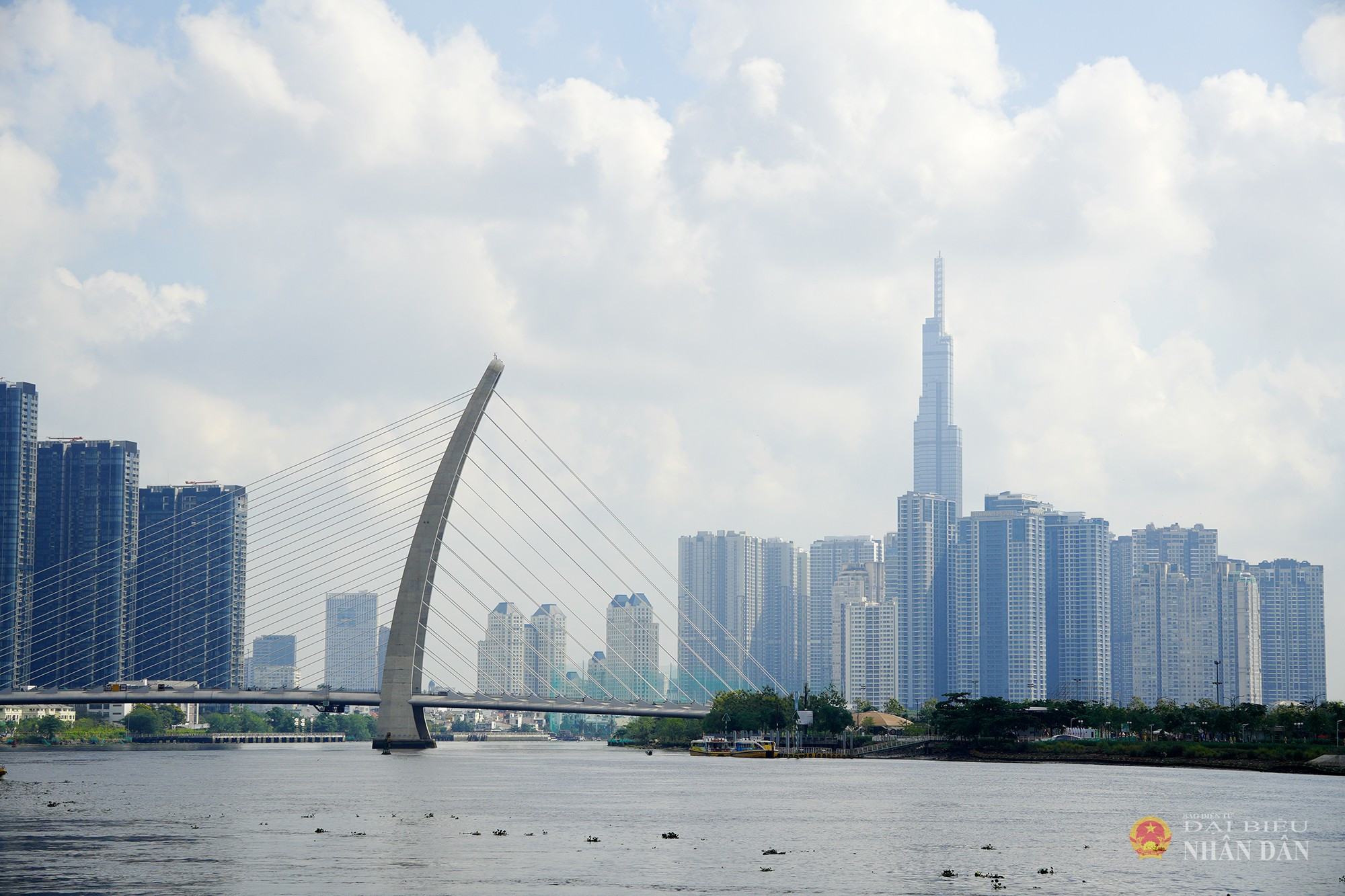
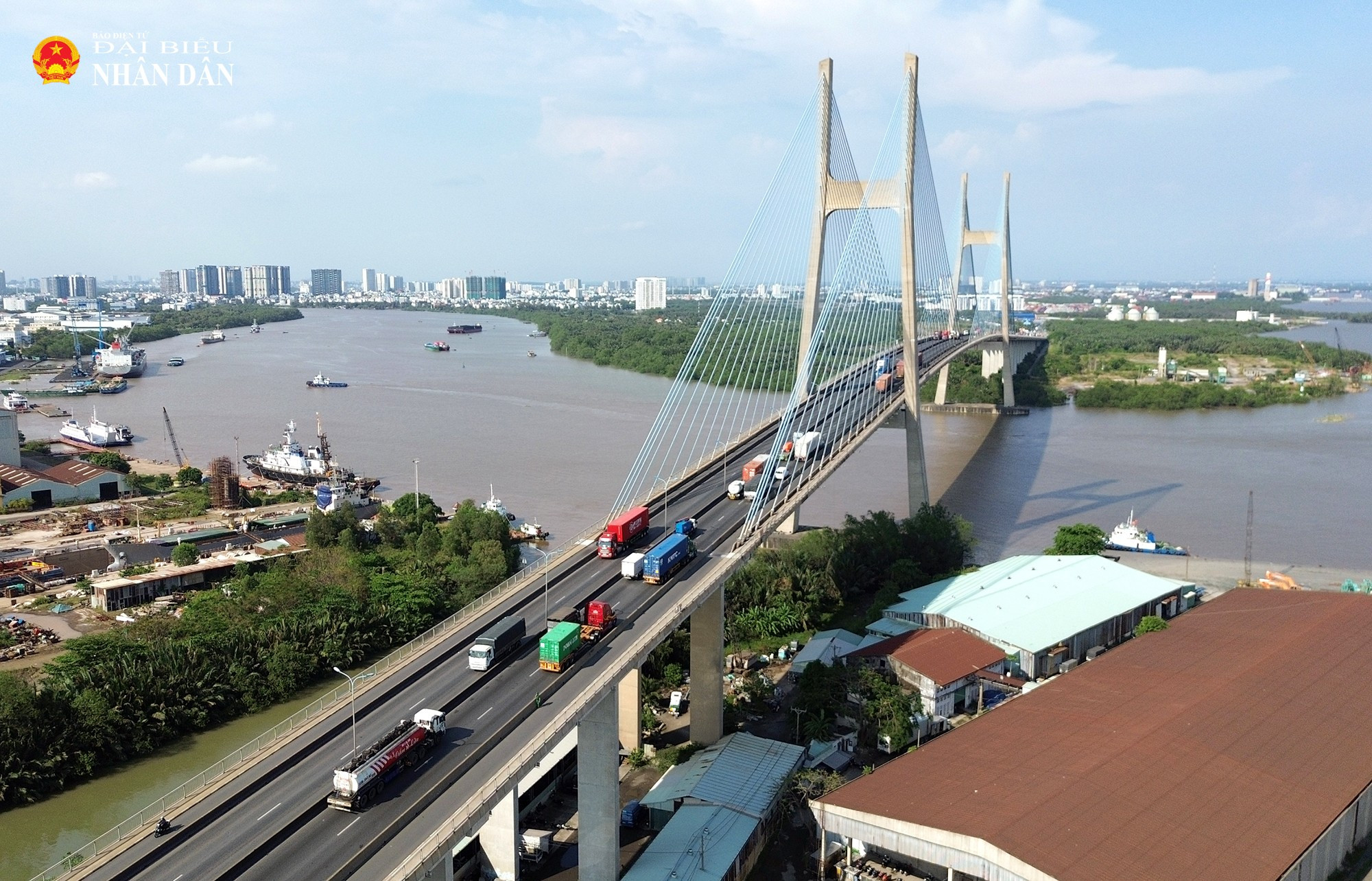
In the period 2011 - 2020, the city developed in depth, strongly applied science and technology, and improved growth quality. The average GRDP increased by 6.86%/year - higher than the national average (5.96%). The economic scale was 2.7 times larger than in 2010, and the average income per capita increased by 2.39 times.
Since 2021, despite being severely affected by the Covid-19 pandemic, the city has made strong efforts to recover. In 2022, GRDP increased by 9.03%, budget revenue reached 122% of the estimate, contributing 26.5% of the total state budget revenue. By 2023, GRDP calculated at current prices reached more than 1,620 trillion VND, an increase of 5.81% compared to 2022.

In 2024, Ho Chi Minh City recorded a record budget revenue of more than VND 508,000 billion, equal to 105.3% of the estimate, an increase of more than 13.3% over the same period. GRDP is estimated to reach 7.17%, continuing the positive recovery trend.
In particular, the National Assembly's approval of Resolution No. 98/2023/QH15 on piloting a number of specific mechanisms and policies for the development of Ho Chi Minh City has removed many bottlenecks in investment, finance, and organizational structure, creating a foundation for the city to develop rapidly and sustainably in the next period.

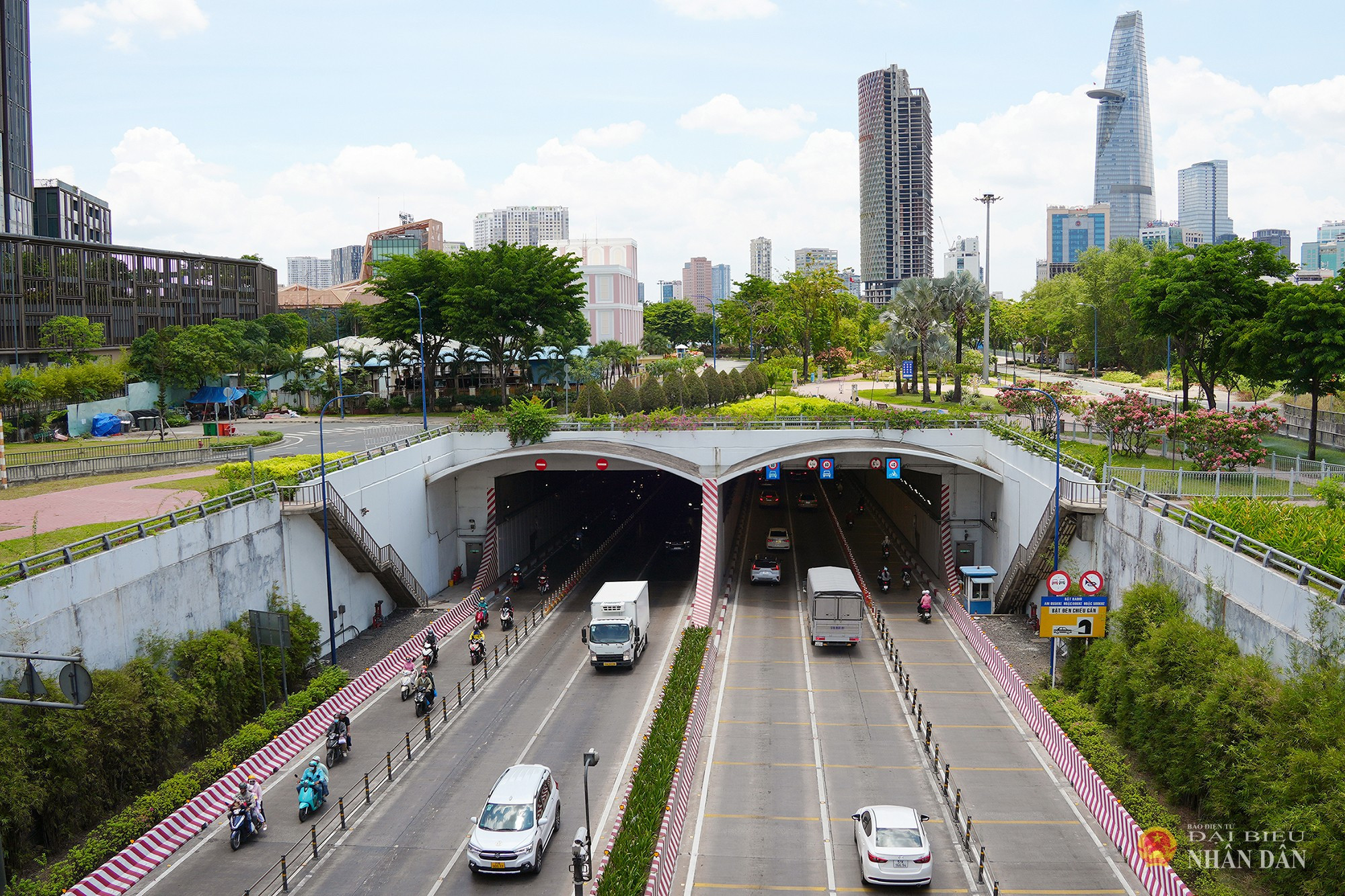
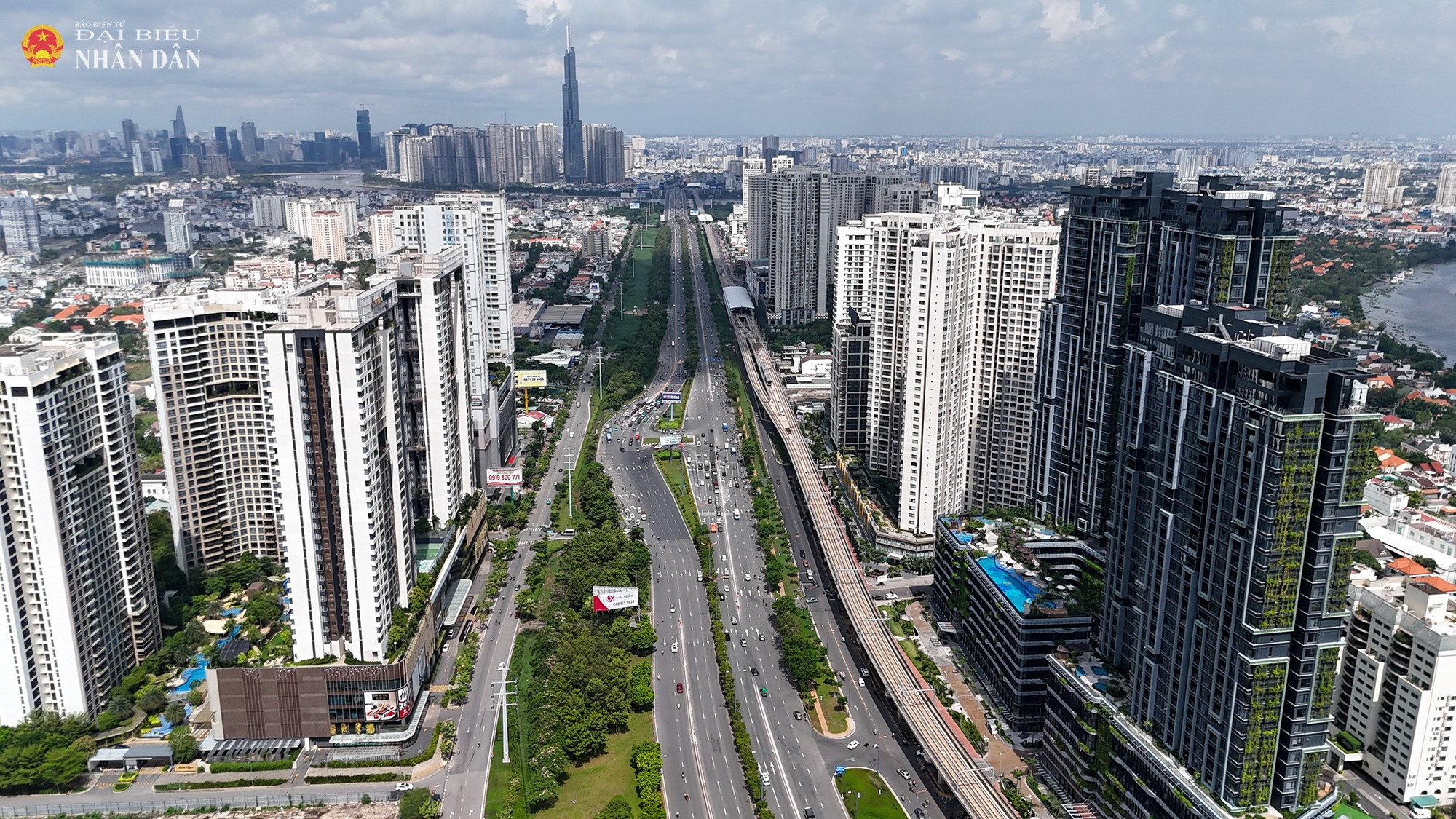
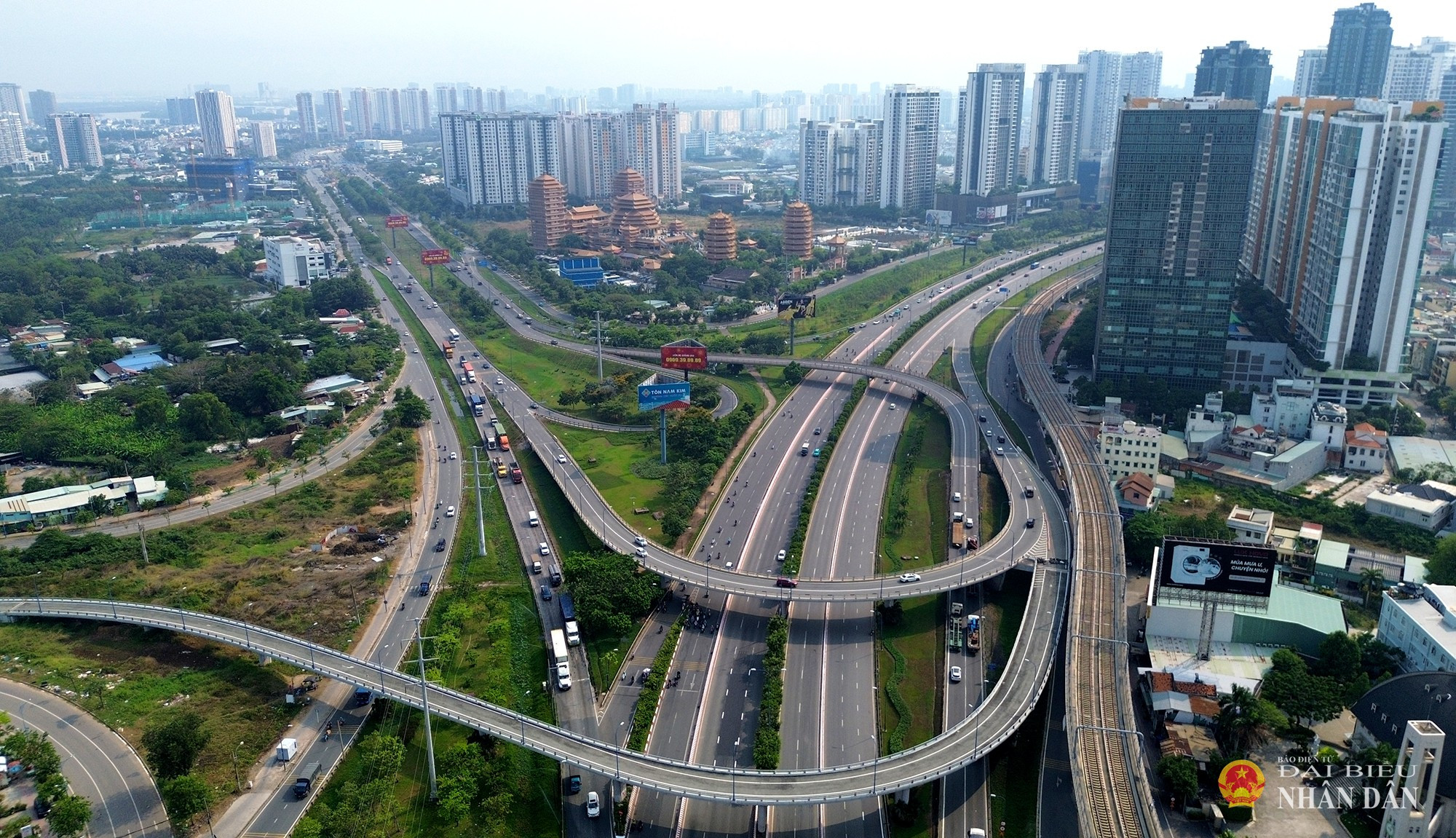
In addition to the impressive numbers, Ho Chi Minh City is also the place where a series of iconic projects have been formed that have changed the urban landscape: From Vo Van Kiet, Nguyen Van Linh, Pham Van Dong avenues to Saigon 2 bridge, Phu My bridge, Thu Thiem tunnel, Mai Chi Tho avenue, Phu My Hung new urban area, Thu Thiem urban area... Notably, after more than 2 years of rapid construction, Terminal T3 of Tan Son Nhat International Airport - a project with a total investment of nearly 11,000 billion VND - has been put into operation, increasing the domestic service capacity to 20 million passengers/year.


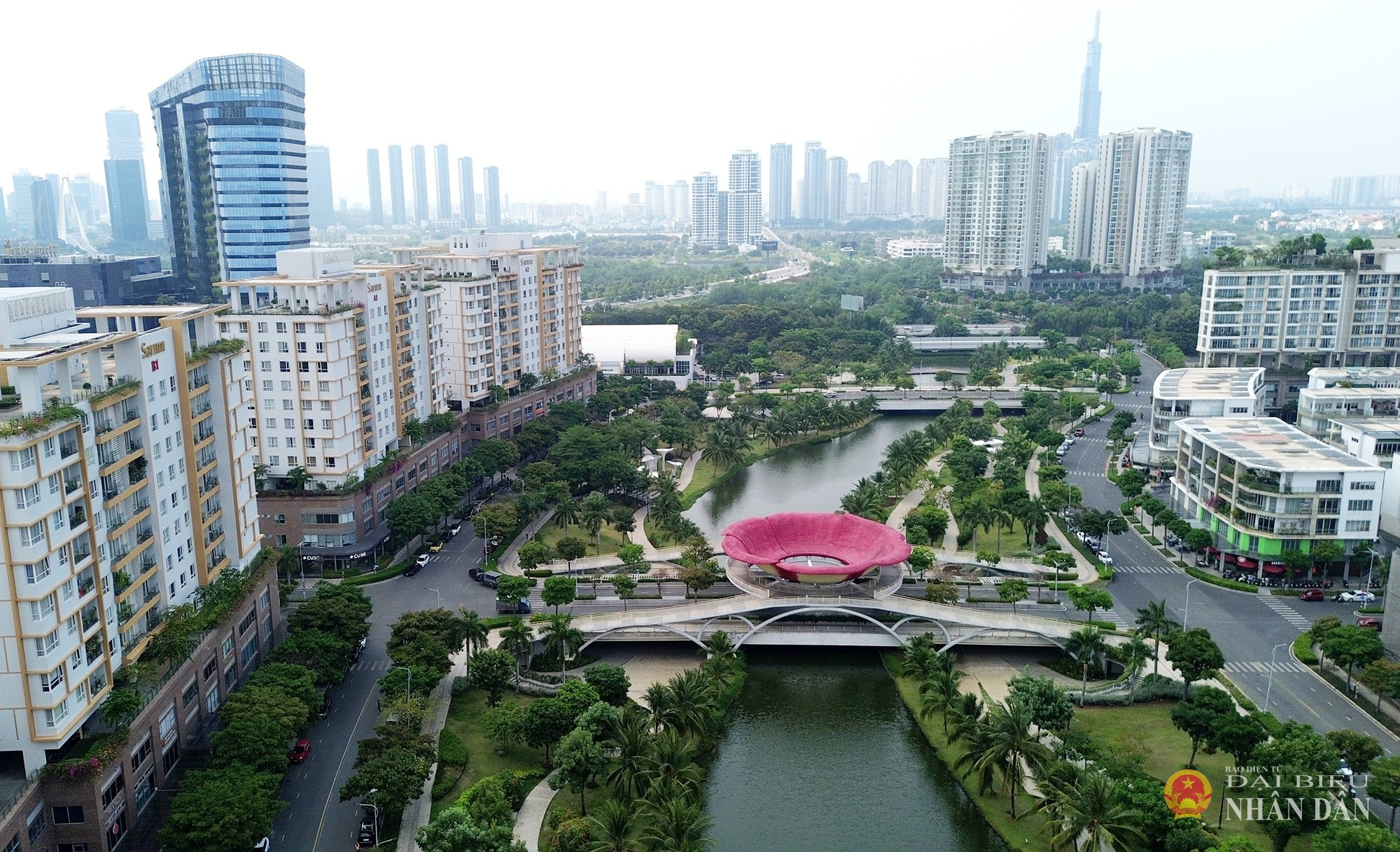
Metro Line No. 1 (Ben Thanh - Suoi Tien) - the city's first urban railway line - was officially put into operation on December 22, 2024, marking an important turning point in the process of building a modern public transport system. The 19.7 km long metro line with 14 stations (3 underground stations, 11 elevated stations), connecting the city center with the Eastern region, contributing to reducing traffic congestion, improving the quality of life and promoting socio-economic development in the area.

During the first month of operation, passengers will receive free tickets to experience the service; from January 21, 2025, Metro Line 1 will start charging fees with ticket prices ranging from 6,000 to 20,000 VND/trip, with many flexible options for daily and monthly tickets.


Along with the metro line, key traffic intersections such as An Phu, Can Gio coastal urban area project, international transit port and many other infrastructure projects are continuing to be implemented, becoming important levers to help the city develop comprehensively.

As a locomotive, Ho Chi Minh City is aiming for GRDP growth of over 10% in 2025; by 2030, GRDP per capita will reach about 13,000 USD, becoming the economic, financial, commercial, scientific - technological and cultural center of the region; by 2045, striving for GRDP per capita to reach about 37,000 USD, becoming an attractive destination regionally and globally.

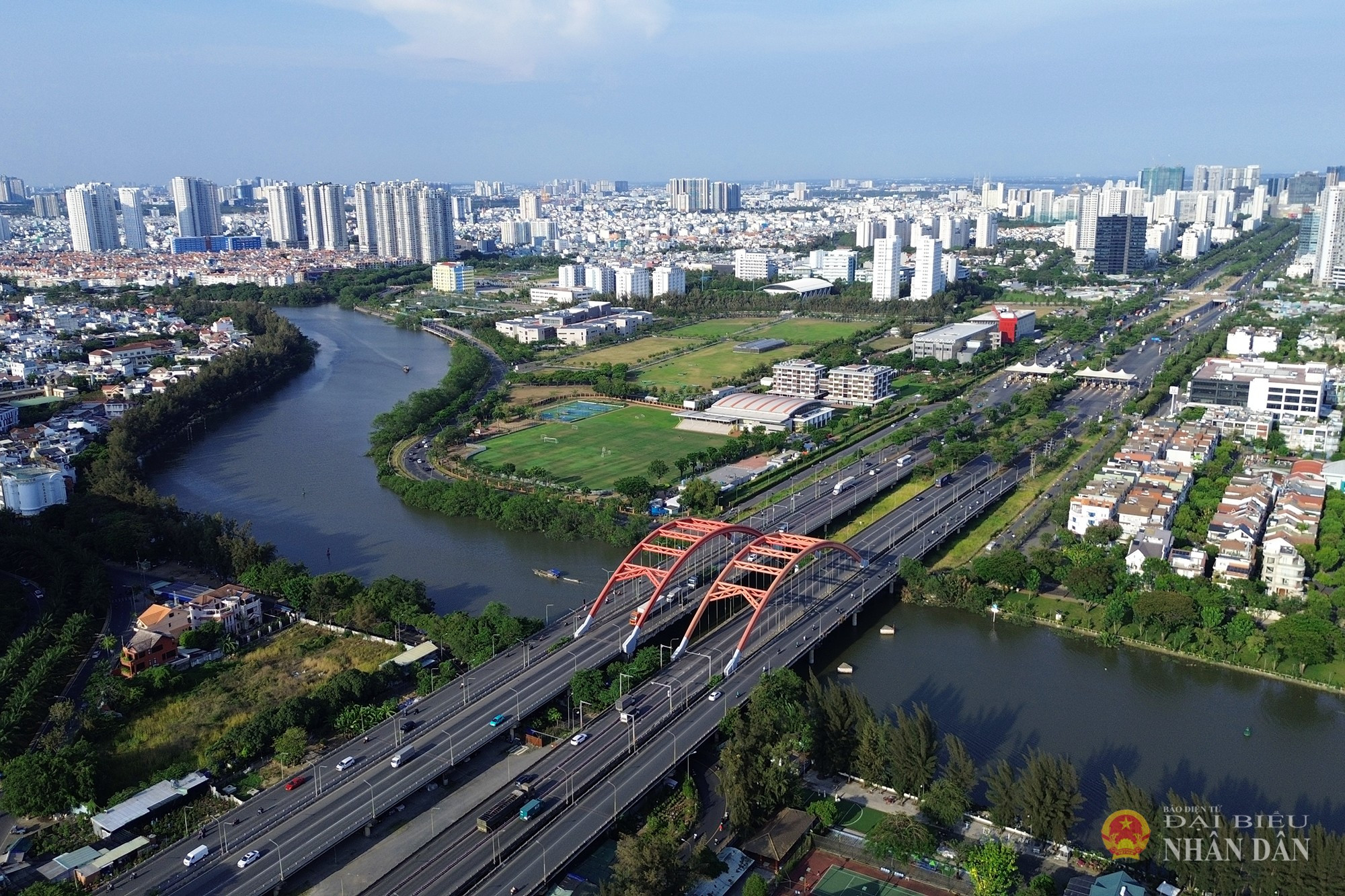


The achievements over the past 50 years not only affirm Ho Chi Minh City's leading position as the largest economic and financial center in the country, but are also a vivid testament to the spirit of innovation, creativity and strong aspiration to rise.

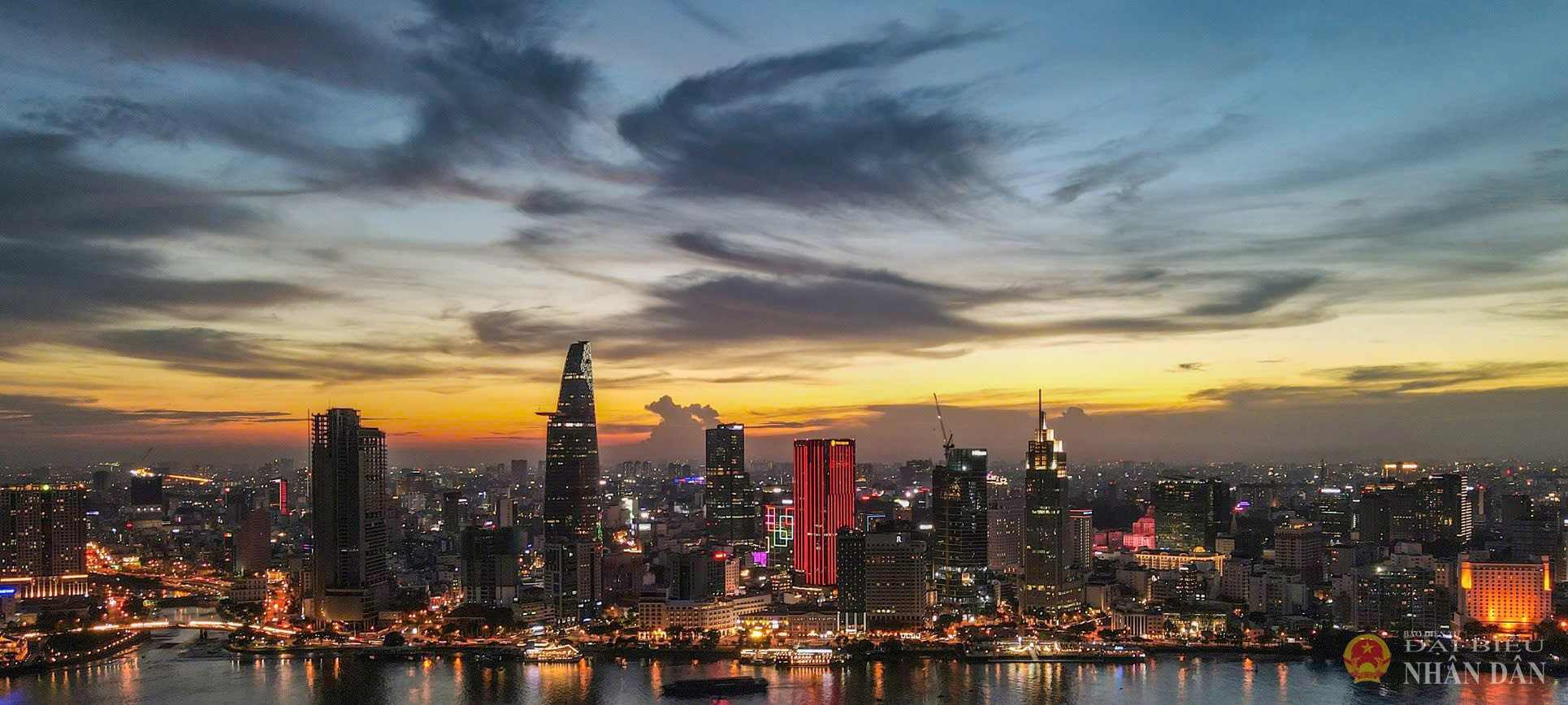
From a city bearing the mark of revolution, Ho Chi Minh City has grown to become a modern, civilized urban area, a place where the will to be self-reliant, self-reliant and the aspiration to develop for a prosperous, bright and happy future for all people converge.
Source: https://daibieunhandan.vn/tp-ho-chi-minh-vuon-minh-thanh-do-thi-hien-dai-sau-50-nam-giai-phong-post410942.html



![[Photo] Nhan Dan Newspaper launches “Fatherland in the Heart: The Concert Film”](https://vphoto.vietnam.vn/thumb/1200x675/vietnam/resource/IMAGE/2025/10/16/1760622132545_thiet-ke-chua-co-ten-36-png.webp)












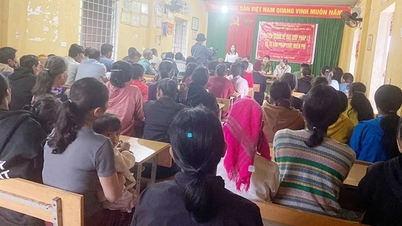

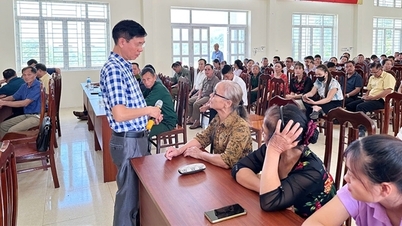




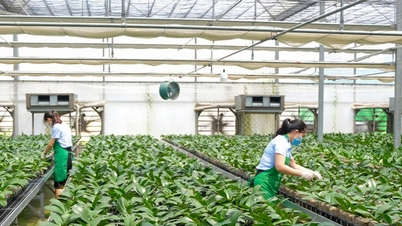



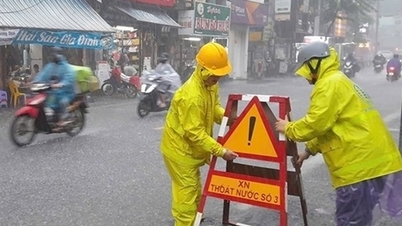
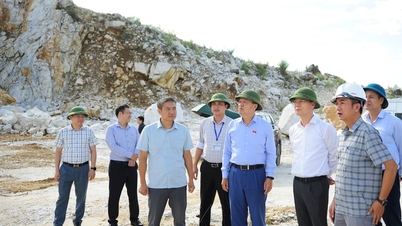



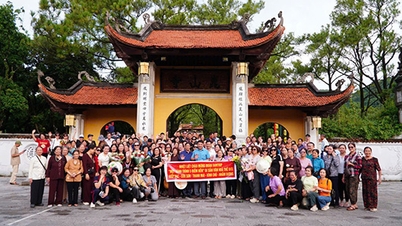




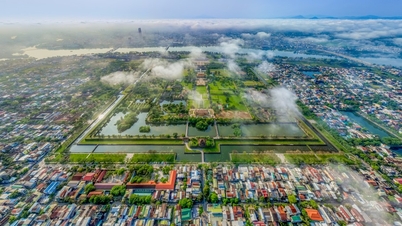



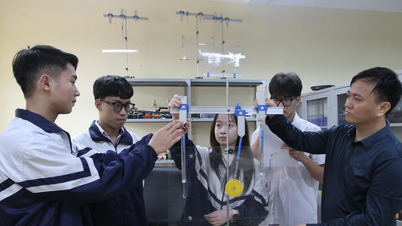

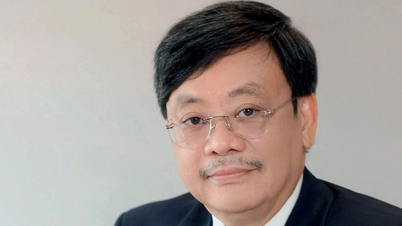









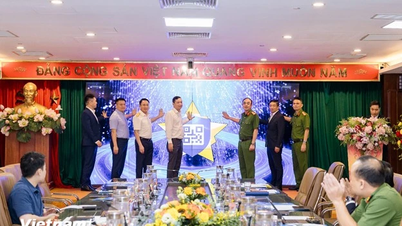
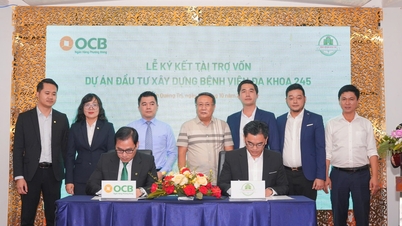

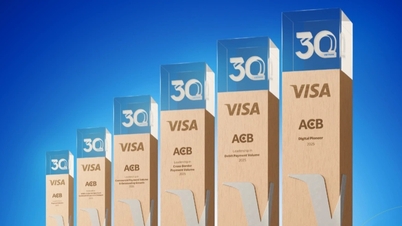
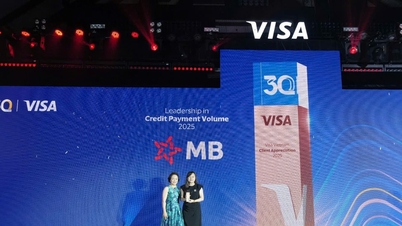


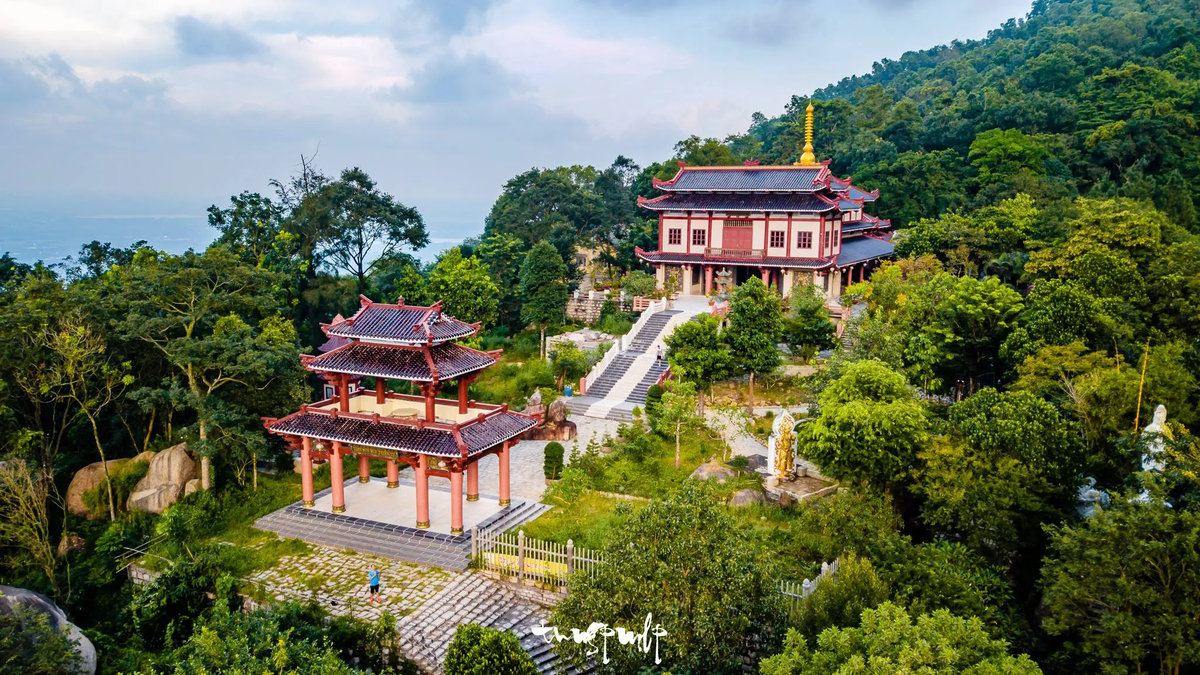







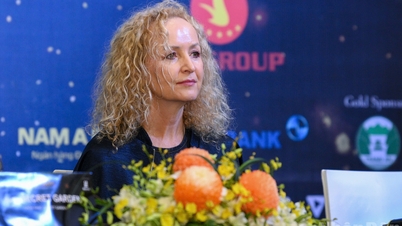
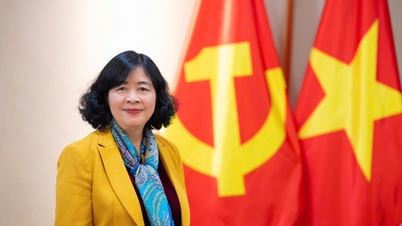















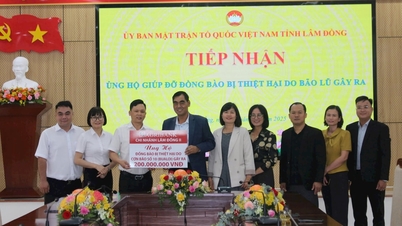

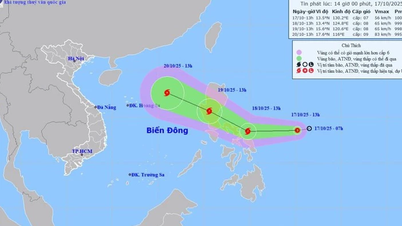

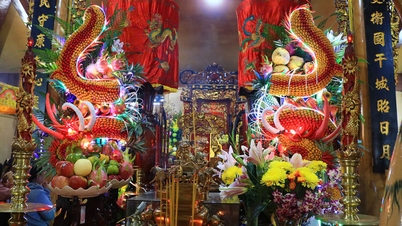
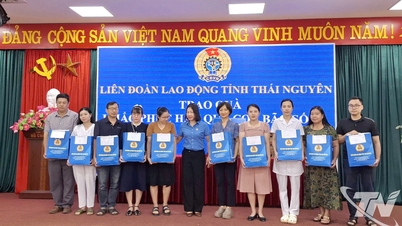

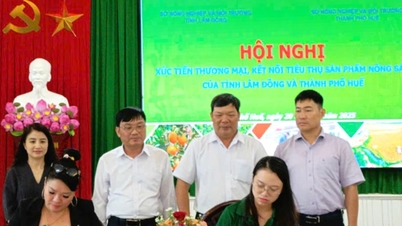



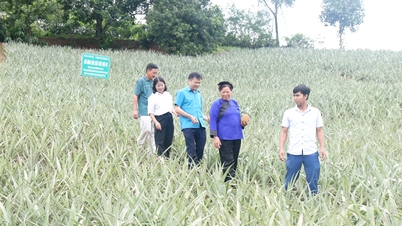



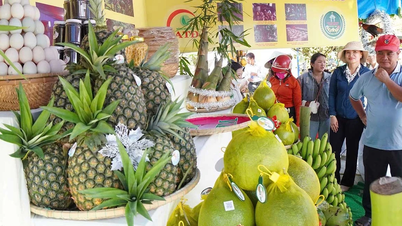





Comment (0)